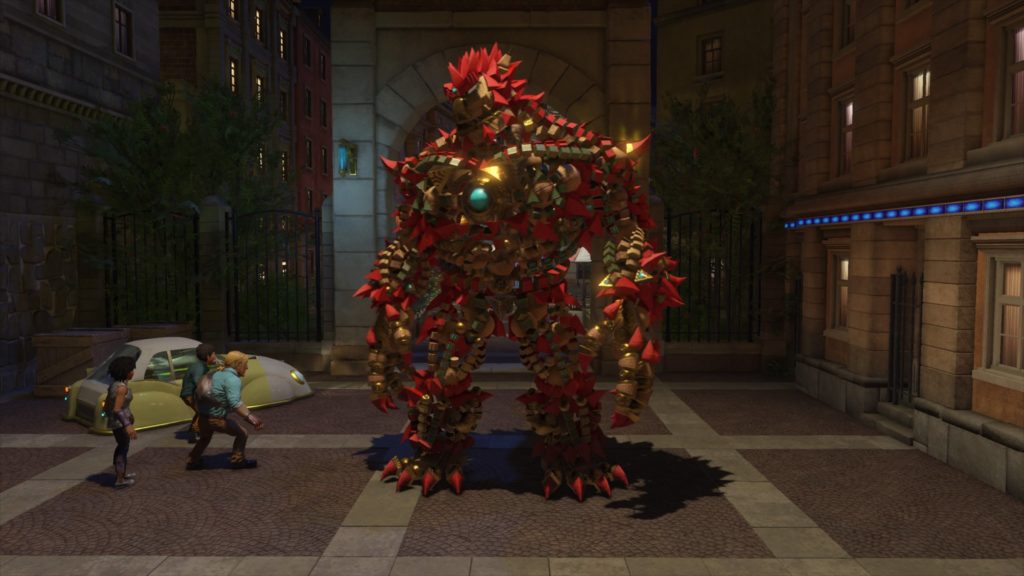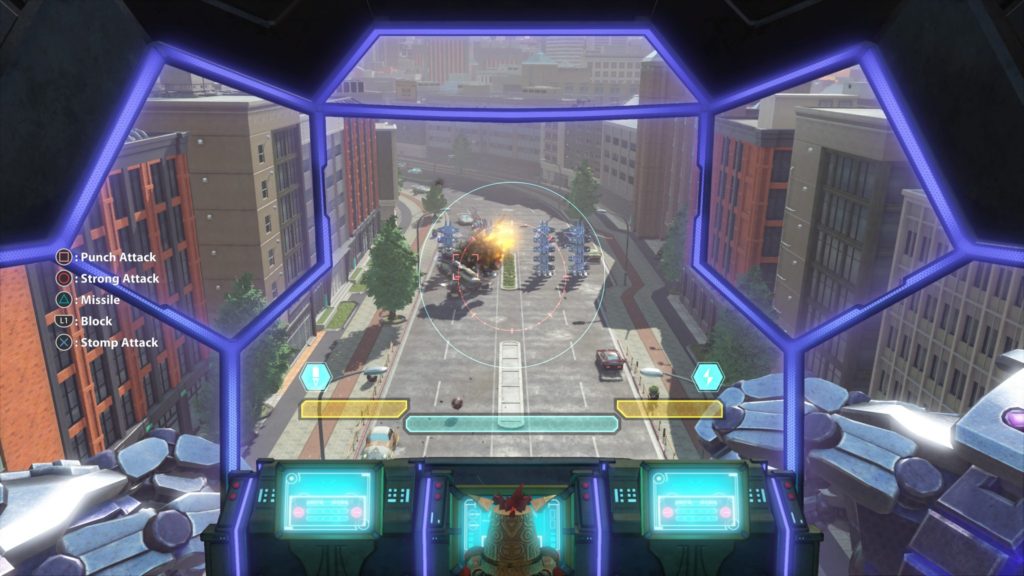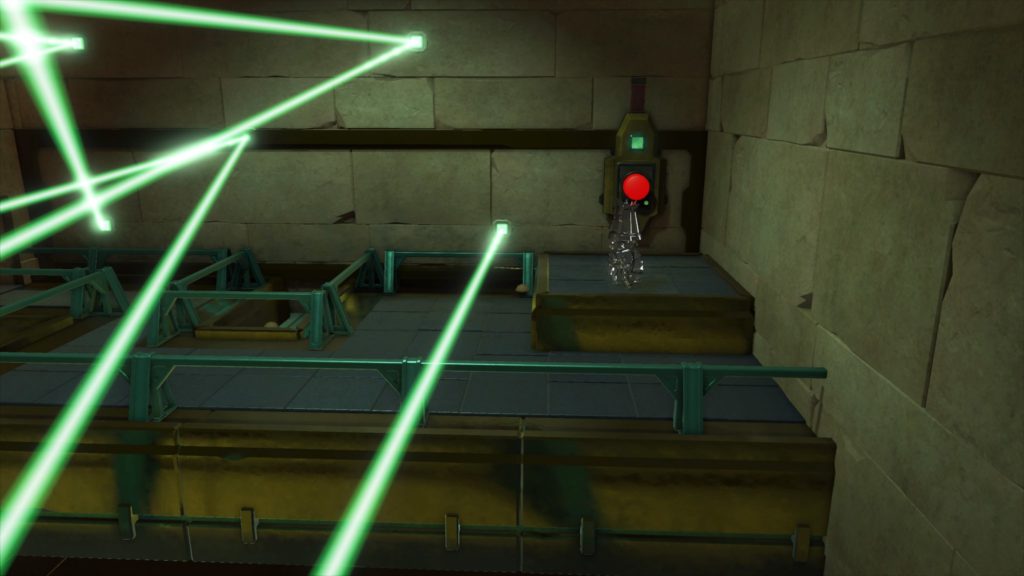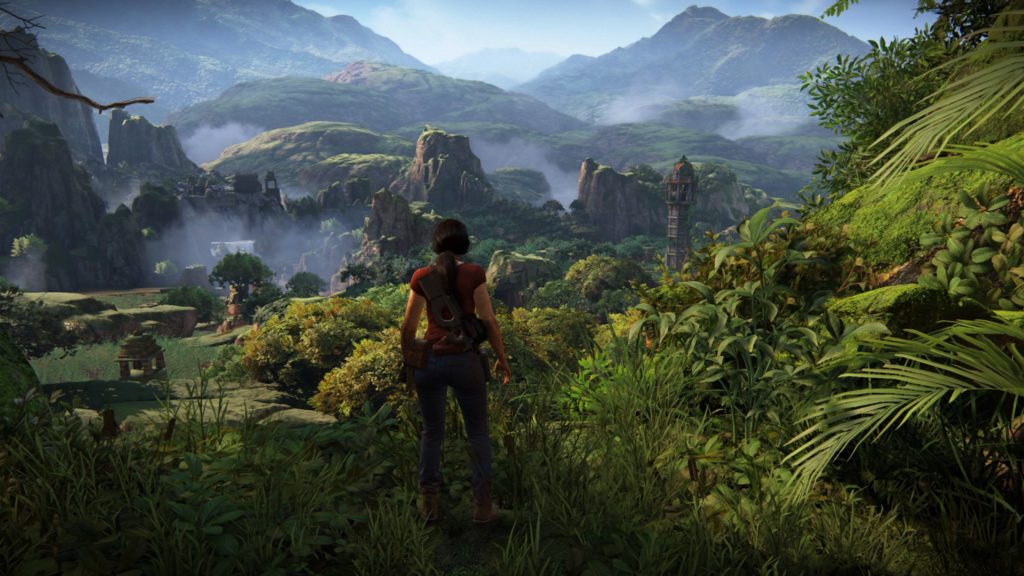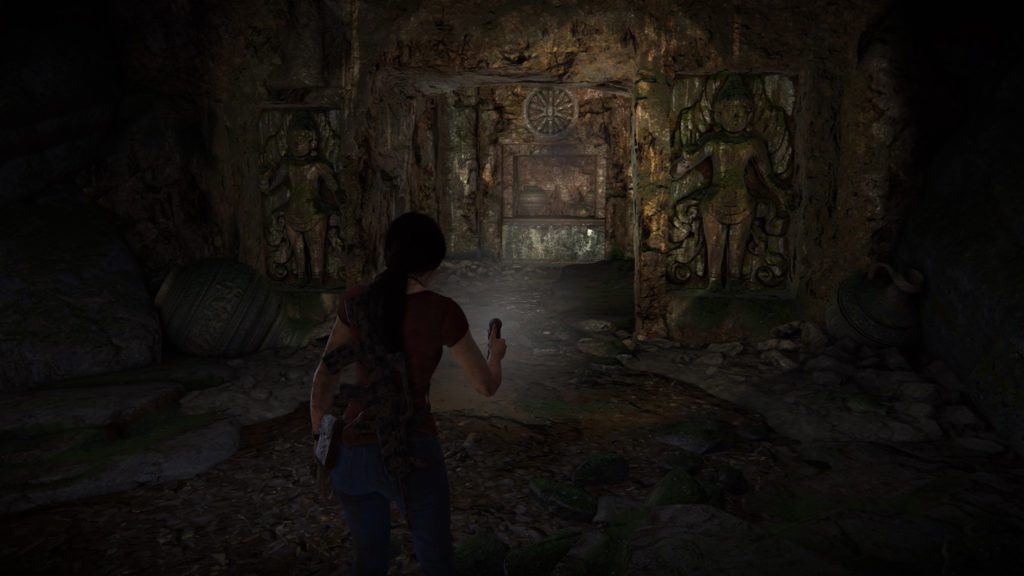- Genre: Action/Adventure, Metroidvania
- Platform: 3DS
- Originally Released on: Game Boy
TL;DR
- Fantastic re-imagining of Game Boy’s Metroid II: Return of Samus
- Additions to game break some of the expectations of the genre, but allow for a much higher challenge level of the base game
- Core loop of 40 effective mini boss fights keeps action high, but doesn’t get stale due to increasing power level of the Metroids
- Random note since it gave it to me, but my clear time was 8:38:13, which seems a bit on the low side of average to my surprise.
Nintendo is having one hell of a year. Breath of the Wild and the Switch in general have been a runaway success. Mario + Rabbids showed they could give control of their games to someone else and still maintain the high quality Nintendo feel. Now with Metroid: Samus Returns, they’ve shown there is both life remaining in the 3DS, as well as some new ground that can be explored in one of their storied IPs. This re-imagining of Metroid II is another fine example of what can happen when this series is given to outside developers, much like Retro and the Prime series, and also shows that 2D Metroid games don’t have to stick to their conventions and still be fantastic on their own.
Since some fans of the Metroid series are going to find these controversial, let’s start with some of the little changes and additions that this remake brings. Fights against Metroids start and end with checkpoints, allowing you to not have to trek all over the place to guarantee save locations. Along with some more generally helpful abilities, you have a rechargeable map scanner that also acts as a way to show blocks that can be broken. In addition to the usual save points and ammo/energy recharge stations, there are also now teleport stations as a means of fast travel. All of these things in general break some of the mold of exploring every little bit of land in Metroid games, and also break some of the re-traversal expectations of the series. However, the actual end result is that the developers have been able to drastically increase the difficulty across the board, much to the game’s advantage.
Traversal in most Metroid experiences has usually brought relatively little danger outside of boss fights. Enemies would do damage if you got hit, but more often than not the health drops they left behind would more than suffice to heal you back up. This one definitely doesn’t follow that pattern. It’s not unusual for a melee hit from a normal enemy to do half an energy tank or more of damage, and that’s just on normal difficulty. Once you get to the Metroids and eventually bosses, multiple energy tank loss from one hit is expected. The short version here is that even by end game, I could expect to maybe take 4-5 hits in a boss fight before I was dead, so being able to respawn in a checkpoint next to the boss room was particularly appreciated while I was learning fights.
This is particularly important, because the combat system in place definitely had some things that have to be learned for Metroid veterans. On the smaller side of things, Samus can now root herself in place and aim 360 degrees with the analog stick. While this does offer up significantly better precision for attacks, it also leaves her extremely vulnerable to quick attacks. This is balanced by the new melee counter attacks. If an enemy flashes, Samus can activate a melee swing to counter an enemy, leaving them open for high impact damage. For boss fights in particular, this activates a little mini-cutscene where you can unload missiles without repercussions, which ends up being the biggest damage dealer against Metroids.
In general, these changes were a much larger positive than I was expecting. The 360 aim opened up a lot of possibilities for much more dynamic boss fights, where they would hover around the room in spots where I had to play a balance of moving to avoid projectiles vs. stopping in place to get off a few precision shots for damage. Once the enemy then came in range, the timing skill behind watching for opportunities for melee counters gave the game a feel more typical of heavy melee action games, which Metroid typically has not been. Given that the developer MercurySteam was also behind the Castlevania: Lords of Shadow games, this perhaps isn’t that surprising, but it was very welcoming.
I think the best way to wrap this up is that I’m pleasantly surprised. The studio behind this has released some great games, but it’s been a while since a 2D Metroid came out (seriously, Zero Mission was in 2004) and I was surprised they were being given so much of a chance to take liberties with the core gameplay. By and large they’ve also worked really well. The studio has been on record saying that they had originally pitched a remake demo of Metroid Fusion and been turned down, which led to this project. It’s clear they had a lot of passion for the franchise anyway and it’s evident in the quality of the game they’ve released. It’s also worth noting that a post-credits scene shows the rise of the X parasite from Fusion, which makes sense given it also takes place on the planet SR388 of this game. Whether or not that’s just there as a tongue in cheek reference to their original hopes or the sign of something else, I can only hope that this and the upcoming Metroid Prime 4 are the beginning of more for this franchise. It’s been on the side lines for way too long.


